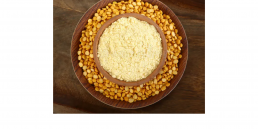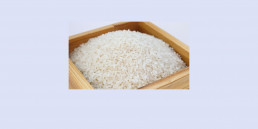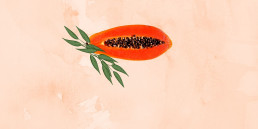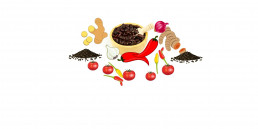Hello there!!!!
Welcome back to yet another blog post. Just a slight heads up- November’s going to be a Fruity Month. As Tequila Bubbles will be publishing some articles on your favorite fruits.!!!!
I am pretty excited to talk to you all about Sapodilla / Chiku in this blog.
Sapodilla- One fruit Many Names
-Baramasi in Bengal and Bihar, India
-Chicle in Mexico
– Naseberry in Jamaica
-Sapota and tree Potato in India
-Nispero in Puerto Rico
Umm…Confused?
So many names!!! Is anyone of them ringing a bell?
Well, to tell you, they are names of one of the sweetest and most delicious fruits of all time – CHIKOO/CHIKU/ SAPODILLA.
Hahahaha!! Caught you!!!
As promised in the previous blog, this month covers three fruits thoroughly enjoyed by people of all age groups. The first one you must have read. If not, please do read. It was on GUAVA. This article is about the second fruit that we will cover this month- Chikoo or Sapota as it is called, in India.
A BIT ABOUT SAPODILLA/CHIKU
One does not find the fruit very appealing from the outer cover as it’s brown in color and grainy in texture. To tell you a fact- the unripe ones can leave a sandy taste behind and can choke you. But it’s the ripe and sweet ones that seem like a gift from the Gods. The ripe fruit comes to life after the peeling of the skin. And can be enjoyed till the very end.
This slow-growing evergreen tree. And can live up to almost a hundred years. Chiku is grown in India, Pakistan, Vietnam, Cambodia, Thailand, Indonesia, and Mexico.
In India, the production of the Chiku fruit is concentrated in the coastal regions Maharashtra, Karnataka, West Bengal, Andhra Pradesh, and Gujarat.
Since Tequila Bubbles aims at bringing the origin of different kinds of fruits, vegetables, and cuisines to the forefront, so, it’s time to tell you about the SAPOTA OR ZAPOTA as it’s called in Venezuela.
Sapodilla / Chiku- Back to the roots
So, the fruit is a native of the Yucatan Peninsula of Mexico, Central America, and the Caribbeans. The fruit has been cultivated since ancient times and reached Sri Lanka in 1802. Although it was the 19th century that saw the introduction of Sapodillas, the production has flourished over time.
Do you know about Sir Dinshaw Maneckji Petit?
Sir Dinsha was a textile magnate who had visited Central America. There he came across the Sapota tree, which is found in the Amazon Rainforests as well. Being someone passionate about planting different saplings in his garden, he got the sapling of the Sapota tree to India. But since his house garden didn’t have space, he produced the same in Gholvad, Maharashtra.
As the story goes, the first round of production was a huge success. That made the Irani community in Gholvad and Dahanu cultivate on a larger scale.
Even after many years, the Chiku from this region is considered the sweetest.
Sapodilla/ Chiku- Gift of Nature
- The fruit can be eaten raw or turned into a mousse, smoothie, milkshake, ice creams, and chips.
– - This fruit is such a fantastic gift of nature that one can even feed infants.
P.S. consult your doctor before doing so. - As for health benefits, like every other natural product, Sapodillas are packed with
– Antioxidants
-Vitamins
-Can make the skin glow and give healthy hair- ahem!! Ladies, start buying this fruit immediately.
– It is high in dietary fiber
– And is a cure for cough and cold
Although each fruit has its benefits and positives, anything in excess can cause more harm than good. So, moderation is the key to everything.
And Do I need to say-
Being a fruitaholic, I thoroughly relish the ripe Sapodillas as part of my morning breakfast. They keep me energetic throughout the day and are a healthy option for the sweet cravings that I experience time and again.
Anyway, I Will catch you all soon!!!
Till then, stay safe.
Enjoy!!!
And if you want light and fast-paced stories to read while you’re on the go – click the link below:
👇👇👇👇
Are you interested in Light reads?









